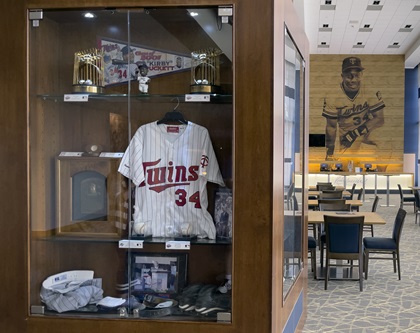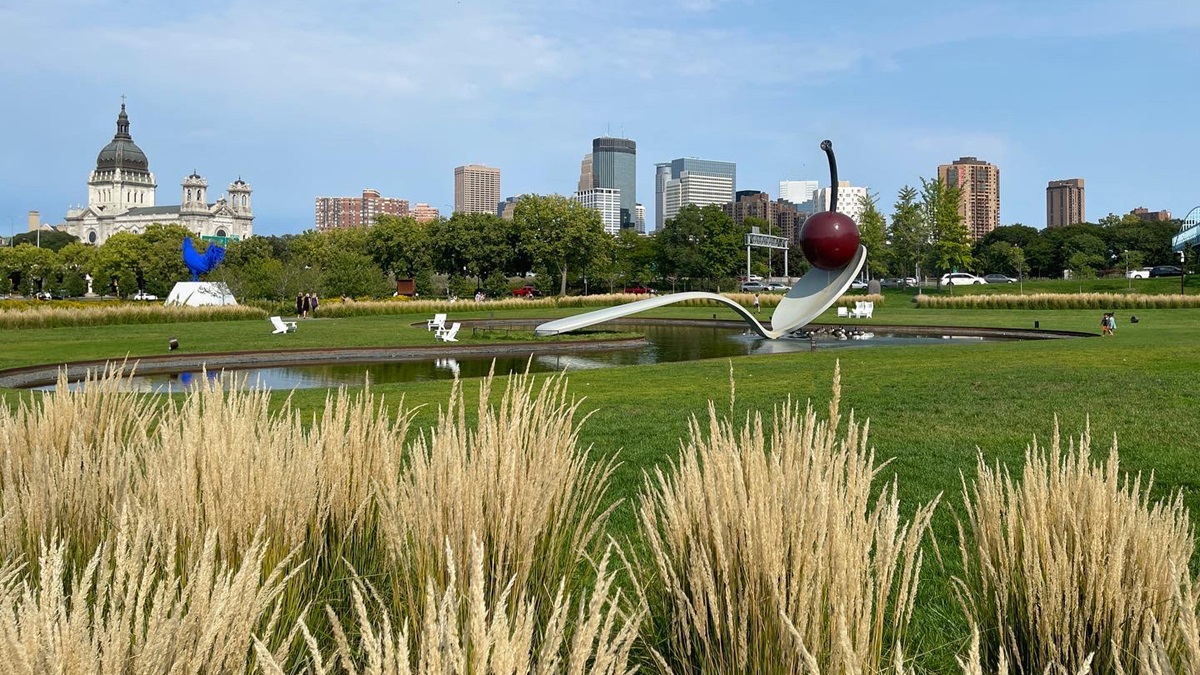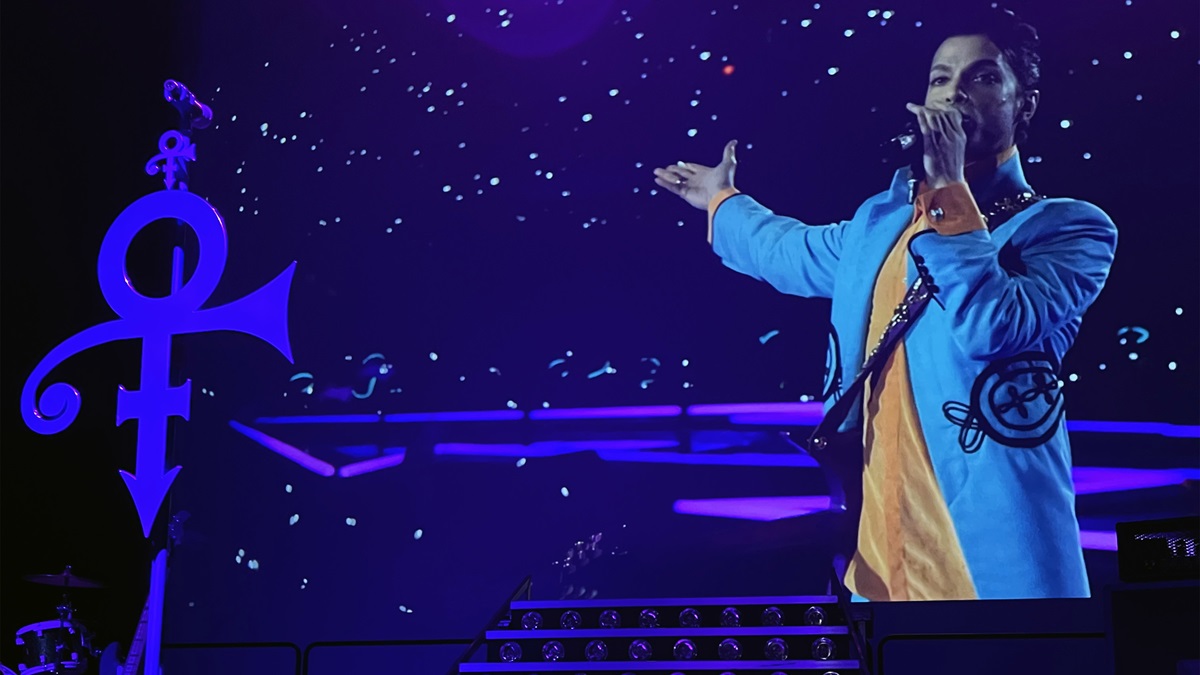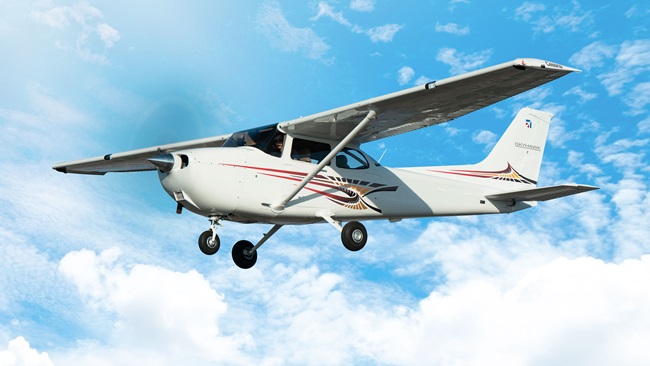An urban adventure with a historic aviation link
Minneapolis, Minnesota
Some would say there are at least 10,000 reasons to visit Minnesota, and now aviation and history enthusiasts can add one more: Rand Tower Hotel recently opened in a historic downtown Minneapolis skyscraper with a one-of-a-kind aviation theme that makes a great home base for exploring the area.
Visitors come to the largest city in a state nicknamed “Land of 10,000 Lakes” for easy access to those famous bodies of water (there are actually 11,842 lakes, according to state officials) while also enjoying the mix of arts, culture, entertainment, and dining that a city of nearly 4 million people offers.
The hotel honors Rufus R. Rand Jr., who commissioned the building that was completed in 1929. As we toured the property, developers told us that while Rand is considered one of Minnesota’s favorite sons, few visitors know about him. His obituary published in The New York Times in October 1971, said he was the last surviving member of the Lafayette Escadrille, a group of volunteer American aviators who formed a separate fighting unit in France’s air force in 1916, before the United States entered World War I.
“Even as a student at Williams College before World War I, relatives recall, Mr. Rand was enthusiastic about flying. He helped form an aero club at the college and flew his own planes at a time when they were powered by bicycle chains. As a fighter pilot he was, shot down once but escaped without serious injuries.”
 Rand, whose grandfather was once mayor of Minneapolis, and his father, who founded the Minneapolis Gas Light Company, integrated his love of aviation into the building’s exterior and interior design. The 26-story tower went on the National Register of Historic Places in 1994 and the Rand Tower Hotel had a soft opening in late 2020.
Rand, whose grandfather was once mayor of Minneapolis, and his father, who founded the Minneapolis Gas Light Company, integrated his love of aviation into the building’s exterior and interior design. The 26-story tower went on the National Register of Historic Places in 1994 and the Rand Tower Hotel had a soft opening in late 2020.
The $110 million renovation and conversion project preserved those elements and continued to play off of aviation and industrial themes. Some are obvious—the art deco wing motifs behind the front desk and Rand’s flight maps and engineering patents hanging on meeting room walls—while others are more subtle: bar chairs featuring bomber jacket leather, turbine fan details on light fixtures, and custom airplane wallpaper. The lobby lounge, Bar Rufus, honors the multifaceted patriarch of Rand Tower Hotel, Rufus Rand, an accomplished pilot in the Lafayette Flying Corps in World War I.
From the Rand Tower, you can access the Minneapolis Skyway System, roughly 9.5 miles of pathways connecting 80 city blocks via enclosed, second-level bridges that make traversing in inclement weather easier. We visited in beautiful fall weather, fortunately, so we walked, bicycled, and kayaked to see the city’s river, parks, sculpture gardens, lakes, waterfalls, and baseball.
 We took Paddle Bridge Guide Collective’s two-hour Heart of Minneapolis tour, a guided float from the Boom Island Park marina past remnants of the city’s early development and along the redeveloped Riverfront District. In the same area, we walked across the pedestrian and bicycle-only Stone Arch Bridge at dusk. There you’ll find St. Anthony Falls, the only natural waterfall on the Mississippi River’s 2,300-plus miles from Lake Itasca to the Gulf of Mexico, and one of the newest park spaces at the adjacent Water Works at Mill Ruins Park, which honors the birthplace of the city’s milling industry as well as being a spiritual space for Indigenous people.
We took Paddle Bridge Guide Collective’s two-hour Heart of Minneapolis tour, a guided float from the Boom Island Park marina past remnants of the city’s early development and along the redeveloped Riverfront District. In the same area, we walked across the pedestrian and bicycle-only Stone Arch Bridge at dusk. There you’ll find St. Anthony Falls, the only natural waterfall on the Mississippi River’s 2,300-plus miles from Lake Itasca to the Gulf of Mexico, and one of the newest park spaces at the adjacent Water Works at Mill Ruins Park, which honors the birthplace of the city’s milling industry as well as being a spiritual space for Indigenous people.
We took a tour of Target Field, home of the Minnesota Twins, and returned that night for a baseball game. The $545 million ballpark opened in 2010 and has been rated a Top 10 Major League Baseball Stadium Experience by ESPN The Magazine.
We explored the more than 40 artworks in the 11-acre Minneapolis Sculpture Garden outside the Walker Art Center, one of more than 50 museums in the area. We drove to Paisley Park, the private estate, studio, and creative sanctuary for the late artist Prince, born Prince Rogers Nelson in 1958 in Minneapolis.
Among the museums are several at local airports. The Metropolitan Airports Commission owns and operates Minneapolis-St. Paul International/Wold-Chamberlain Airport along with six general aviation airports within 35 miles of the downtowns of Minneapolis and St. Paul. The Minnesota Air National Guard Museum is on the active Minnesota Air National Guard Base at MSP and has 21 aircraft used by the U.S. military from before World War II to the present on display in an air park. There also are indoor displays containing more than 6,000 artifacts and objects.
Crystal Airport in the northwest corner of the metro area is the closest to downtown Minneapolis; St. Paul Downtown Holman Field, just across the Mississippi River from downtown St. Paul, is home to the group’s longest runway (6,941 feet) and a restaurant; Flying Cloud Airport in Eden Prairie, just 10 miles southwest of Minneapolis, is among the busiest.
There’s also the South St. Paul Municipal Airport-Richard E. Fleming Field, about 20 miles southeast of downtown Minneapolis. It is home to the Commemorative Air Force Minnesota Wing Museum, which displays six aircraft, six vintage vehicles, and display cases of other World War II artifacts.











